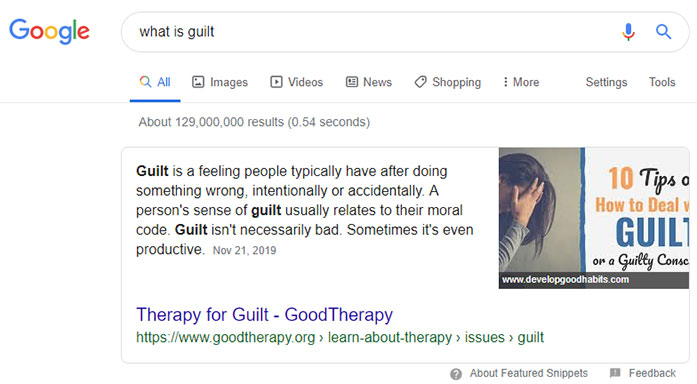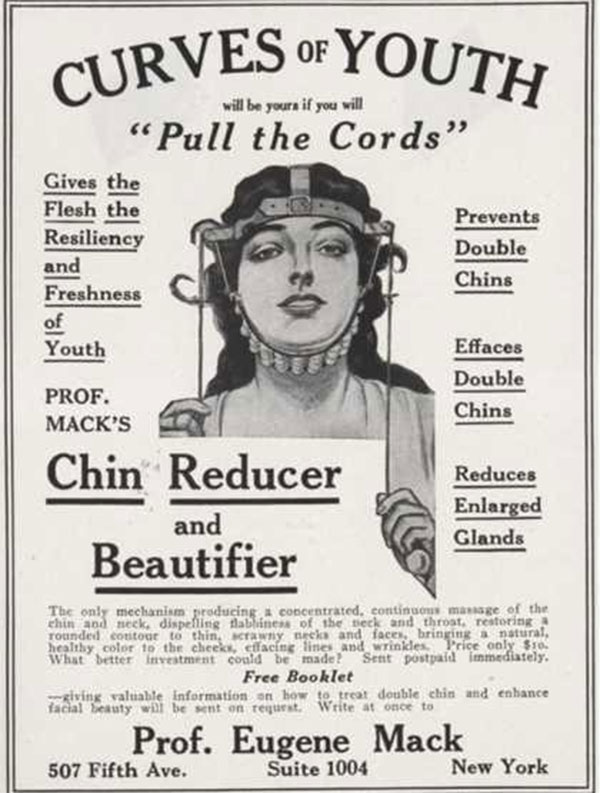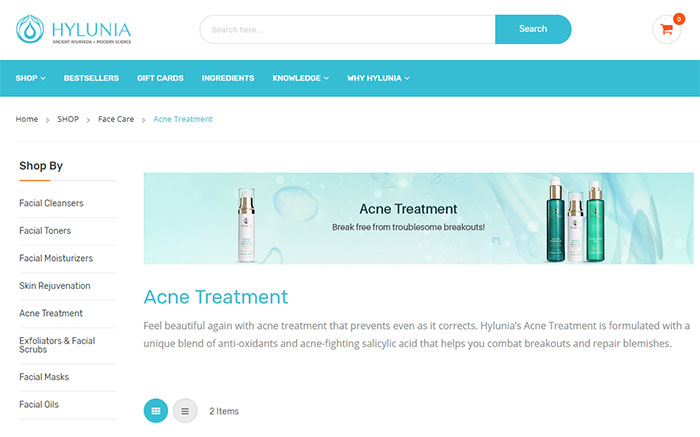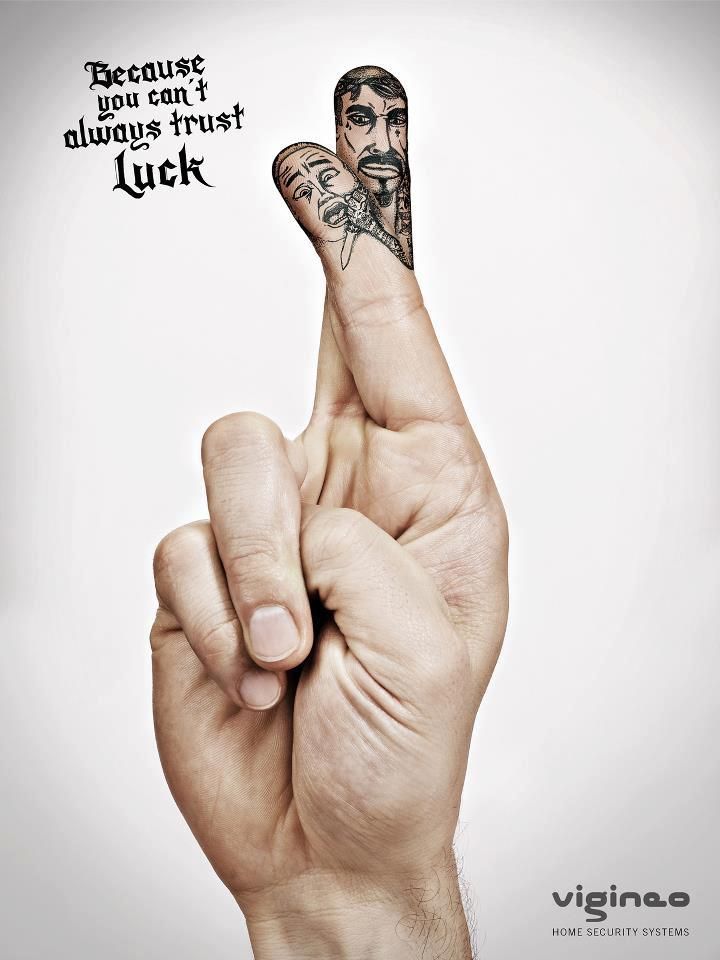When we think of marketing tools, we tend to think of those we use to help us report, crawl, manage, communicate, and otherwise make our daily jobs easier as online marketers.
Tools like Screaming Frog or Search Console likely spring to mind if asked what your favorites are.
Arguably more important though are the tools we use to convince consumers and decision-makers to purchase the goods and services we’re marketing: emotions.
There are the positives. The promise of reward. The good feeling of doing the right thing.
But more powerful are those we generally think of as the negative emotions – chief among them are shame, guilt, and fear.
Before we dive into how these tools have and can be used, let’s look at a little background.
Why the Heck Cover Such a Dark Subject?
This is seemingly a pretty bleak topic.
Discussing how to manipulate a person into a negative emotion simply for our own end … that can’t be good right?
While true that it can be done in a very negative way (buckle up … political ad season is just warming up), this isn’t a necessity and the best marketers are often far more subtle.
I decided to write this article while listening to my favorite podcast, Under The Influence by Terry O’Reilly.
In a particularly interesting episode, “Shame: The Secret Tool of Marketing,” he discusses use of shame as a marketing tool and it’s emergence during the industrial revolution. Worth a listen if you have the inclination.
This got me thinking about the difference between guilt and shame and how fear ties into them, but can also stand alone.
Having cut my teeth in SEO back in the early 2000s as an affiliate marketer for health and beauty products, I was familiar with how I approached it then (which was far less subtle than I would now), but the over-arching principle is the same:
Make people feel good about themselves and where they are or could be, so there is a potential loss in not using your product or service.
This might sound cold but it doesn’t have to be.
If you genuinely have a good product and if the person should feel good about themselves, then there is an argument that the alternative is that they will select an inferior solution and suffer the fate you are using to drive their conversion.
What I’m really saying here is that done right, driving a person’s guilt, shame, or fear simply drives them to the right decision and lets them not feel long term the thing they are trying to avoid in their purchase.
Good for you!
So, without further ado, let’s look at what each is, how it can be used, and see some examples of how they are implemented right – and sometimes very wrong.
Guilt as a Marketing Tool
Guilt.
If we ask Google what it is, they’ll rip off GoodTherapy.org and tell us:

So, to effectively use guilt in marketing one needs to tie into a perception of wrongdoing.
What’s important to understand is that for guilt to work as a marketing tool, it needs a basis in reality.
That is to say, a person will not feel guilty about something they have not done wrong and so as marketers, we need to tap into pre-existing actions (or lack thereof) and remind a person of their wrong.
The marketing angle comes in providing a solution. A way to atone for the wrong, even if they didn’t have a guilty conscience prior to seeing your message.
Arguably one of the best examples of guilt marketing I’ve seen is in offline marketing with the Christian Children’s Fund slogan:
“For less than the cost of a cup of coffee or soda a day, you can provide (insert one or more services they provided, generally to a child).”
The list includes things like:
- Clean water
- Nutritious food
- Education
- Health care
- Surgeries
You can see it used as a blunt instrument in the more modern ad for Children International:
Simply stating that you could save a child for about $20 per day wouldn’t have worked nearly as well. That’s why the slogan they started with in a 1986 commercial is still in use today, and by multiple organizations.
It makes us feel guilty at spending our money on a coffee while letting a child suffer.
Highly effective.
Guilt only works when it can be relieved, preferably easily.
In the example above we see a low barrier to atonement, which is what makes it work.
Basically, the message is:
“We’re not asking you to give up coffee, but if you give us just $20 you can feel good while you drink it. Don’t give us the money and you’ll guiltily think of a starving child with every sip.”
High level of guilt. Low cost to escape it.
Perfect guilt marketing.
There are certain industries that lend themselves to guilt marketing.
Causes are a clear one, which includes companies trying to promote cause items like the $2 donation to a local food bank you’ll get hit with at every cash register (though that also crosses over to shame-marketing as well, as we’ll see below).
It works because you likely have a cart full of food and are being faced with deciding whether others should eat too (high cost). And for a couple of bucks (low barrier to relief) you can feel like you did your part.
Products or services that can wrap themselves in a cause blanket are also good contenders. Green products come to mind for obvious reasons, but the sky is the limit.
One area that often causes confusion among marketers is the sometimes blurry line between guilt and shame. The terms can almost seem interchangeable. Mainly because they’re often misused.
With that, let’s dive into:
Shame as a Marketing Tool
Let’s begin by discussing the difference between guilt and shame.
- Guilt is based on a past or present misdeed and is internal in nature.
- Shame is generally based on the present or future and is external in nature.
To use the example above, we are dealing with guilt in that we are dealing with the guilt over not having decided to save a child, and feeling that guilt every time we take a sip of coffee … a luxury item that has been turned into a trigger.
Shame entered the marketing field during the industrial revolution as people moved into more heavily populated areas and started comparing themselves to each other.
Marketers were quick to pick up on the ability to make people self-conscious about how others might perceive them, and capitalized on it. That is shame marketing.
Here’s an example from the late 1800s:

So, it’s not clearly now new – but it is incredibly powerful.
As mentioned above, shame marketing involves tapping into how a person views how other people will view them.
Basically, tapping into their insecurities. Unethically done, creating insecurities that do not and should not exist.
It can be very subtle. From this acne treatment page:

Telling visitors that they shouldn’t feel beautiful if they have acne, and that they should be corrected. To:
Miller Lite implying to men that if they don’t drink Miller Lite, they are not men (and don’t care about what good beer tastes like).
The commercial takes a not-so-subtle dig at women in the process… but that’s a different story.
It’s a dangerous emotion to tie into, however. As Avon discovered:
Every body is beautiful, unless they have any “flaws” I guess. What a gross abuse of the body positive movement. I want you all to look out for this constant manipulation. Once you see it, you can’t unsee it. It’s everywhere. You are constantly being manipulated to self hate. pic.twitter.com/cUnV8N3lD8
— Jameela Jamil 🌈 (@jameelajamil) January 19, 2019
And
And yet EVERYONE has dimples on their thighs, I do, you do, and the CLOWNS at @Avon_UK certainly do. Stop shaming women about age, gravity and cellulite. They’re inevitable, completely normal things. To make us fear them and try to “fix”them, is to literally set us up for failure pic.twitter.com/78kqu3nHeE
— Jameela Jamil 🌈 (@jameelajamil) January 19, 2019
Oops.
If your marketing message uses shame, it’s important to understand where the line is.
While there are no set-in-stone rules, the successful campaigns tend to focus on areas the person is generally not sincerely self-conscious about and/or are non-judgmental.
Miller Lite’s ad, while highly questionable in my mind, fared OK. They received some expected critiques but gained market share with increased sales in 2019 while beer sales overall were down in the U.S.
They poked at areas their target marketing likely wasn’t self-conscious about, to begin with.
The ad compares not using their product to non-masculine traits, something that would potentially motivate, but likely not offend (their target market – results may vary).
Avon, on the other hand, offended their target market.
There’s a delicate balance between shame and offense.
If you use shame as a tool, make sure you’re on the right side of that line.
Fear as a Marketing Tool
Where guilt and shame are generally (though not always) subtle tools, fear is a blunt instrument.
For our purposes here we’re not going to consider the fear of missing an opportunity. That falls into a different category is my mind.
No… we’re going to think about marketing like:

As with the other two, fear lends itself to certain niches but the motivations are very different.
With fear you are not tapping into something that a person has done, nor are you tying into social hardship. No, with fear you are reaching into the basest of emotions… the ones there to keep us alive.
It is a powerful tool. Ask any politician.
If you want to use fear you need only one thing, a message that either ties into a universal fear (like pain) or a situational fear (like public speaking or heights).
One could also lump situational fears into texting-and-driving as well with billboard campaigns like:
While this ad itself isn’t an online ad it sure went online fast.
The billboard was for a fake funeral home, got the message to people while they were potentially committing the act being discussed, and immediately tied into the most primal fear we have and share with virtually all life forms… death.
The coverage of the campaign was massive. People were even outraged that a funeral home would put out such a tasteless ad.
A funeral home that didn’t exist, from an ad campaign looking to reduce the number of people that needed one.
See?
Fear advertising doesn’t have to be negative in its intent.
Fear doesn’t work for all campaign types.
It lends itself to those with a topic that can be tied to universal or situational fears.
Selling bug spray?
Show a close up of spider’s fangs in your display ads – tapping into the #3 most common fear among Americans.
In a page description I might write something like:
“Remember the last time you saw a spider in your house? We don’t and we’re glad. Raid® brand bug spray Kills Bugs Dead.”
If you can’t guarantee your visitor is in the scenario they are scared of, you can “help” them visualize it. This might not seem nice, but when they next encounter bugs in the house, they will be glad you did.
A Warning About Guilt, Shame & Fear
I’ve said it before, and I’ll say it again:
Be careful.
Using these tools can backfire and when it does… it’s usually big.
Really think about how you tie into them.
Guilt tugs on emotions a person has about something they have or are doing. They may rightfully lash back if pushed too hard.
A velvet glove across the face as a reminder, with the other glove holding the solution, is the key to success.
Shame involves making a person feel they are being judged by others. Ethically you need to be very careful here, and as a business, you need to be more so.
Marketing solutions without mention of the “shameful thing” is not shame marketing, reminding them they are being judged … is.
As Miller Lite found out, it can go well (even if I personally may question it … the shareholders don’t). But the glove that Avon was slapped with was certainly not made of velvet.
Fear is the easiest as it ties to core feelings and generally, they are not socially or ethically risky unless done very poorly.
Reminding people that they are afraid of spiders and probably don’t want to be without a can of Raid when they next encounter one is hardly going to cause an uproar.
Showing a murder in your ad would be, but targeting your alarm company ads to YouTube channels like that of CopsTV would certainly get the job done.
More Resources:
- Using 6 Principles of Persuasion to Increase Conversions
- 5 Ways to Use Psychology to Improve Your Content Marketing
- Features vs. Benefits: How to Hit Your Content Marketing Sweet Spot
Image Credits
All screenshots taken by author, December 2019
Curves Of Youth Ad: Various public domain sources.
Vigineo Ad: Ads Of The World




